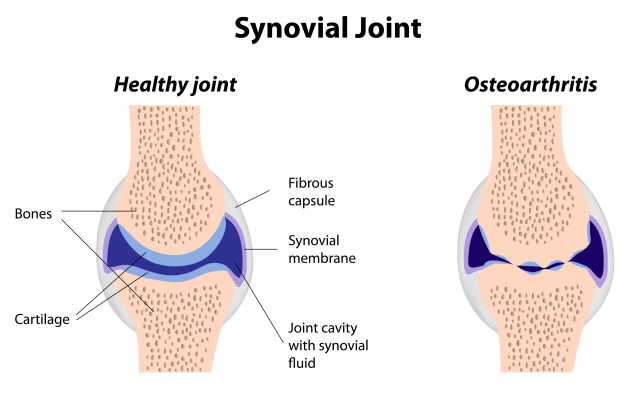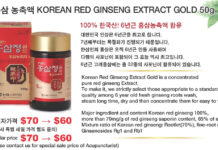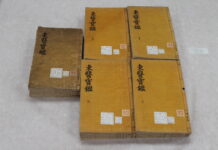
Anti-Inflammatory and Cartilage Preserve Effects Being Proven
By Winston Lee L.Ac, KMD
Osteoarthritis (OA), the most common joint disorder among aging populations, presents a significant challenge to quality of life and mobility. Traditional Korean Medicine offers a holistic solution with herbal formulations with Rehmannia root (“Rehmannia glutinosa”) emerging as a key player. Known for its powerful anti-inflammatory and regenerative properties, Rehmannia root has captured the attention of researchers seeking effective, natural therapies for OA.
Rehmannia root, often used in traditional formulations, is celebrated for its ability to nourish the kidneys and the blood and regulate inflammatory responses. OA treatment provides a dual benefit: alleviating pain and stiffness while targeting underlying mechanisms like cartilage degradation and inflammation.
Recent studies have demonstrated the remarkable potential of Rehmannia root in OA treatment. A notable investigation examined its efficacy within the Bogol-tang formula using a monoiodoacetate (MIA)-induced OA murine model and IL-1β-treated primary chondrocytes. Findings revealed that Rehmannia root significantly reduced the production of inflammatory mediators such as nitrite and prostaglandin E2, mitigating chronic inflammation. Its bioactive compounds preserved proteoglycan content and structural integrity in cartilage, combating cartilage degradation and slowing OA progression. Rehmannia root also effectively suppressed matrix metalloproteinases (MMP-1 and MMP-13), enzymes that accelerate cartilage breakdown, and reduced phosphorylation levels in ERK1/2 and JNK signaling pathways, which drive inflammatory and catabolic activities.
While the Rehmannia root is highly beneficial, it has a high fiber content, which can be difficult for some patients to digest. Bogol-tang incorporates Chen Pi (dried tangerine peel) and Bai Zhu (white atractylodes rhizome) to address this. Chen Pi regulates the digestive system by promoting the movement of qi and reducing bloating, making it easier for the body to process Rehmannia. Bai Zhu strengthens the spleen and stomach, further supporting digestion and ensuring the body absorbs the herb’s full benefits. This harmonious combination ensures that patients receive the therapeutic effects of Rehmannia root without experiencing digestive discomfort.
The evidence supporting Rehmannia root highlights its potential as a non-invasive, natural solution to OA management. Beyond symptomatic relief, its role in preventing cartilage degradation and reducing inflammation could redefine long-term treatment strategies. By integrating its benefits into modern clinical practice and addressing its digestive challenges with Chen Pi and Bai Zhu, practitioners can provide a comprehensive and patient-friendly approach to OA care. Rehmannia root is more than a traditional remedy; it is a scientifically validated component of osteoarthritis management. By integrating its benefits into modern clinical practice, acupuncture doctors and herbalists can offer a powerful, natural alternative to patients seeking holistic care.































